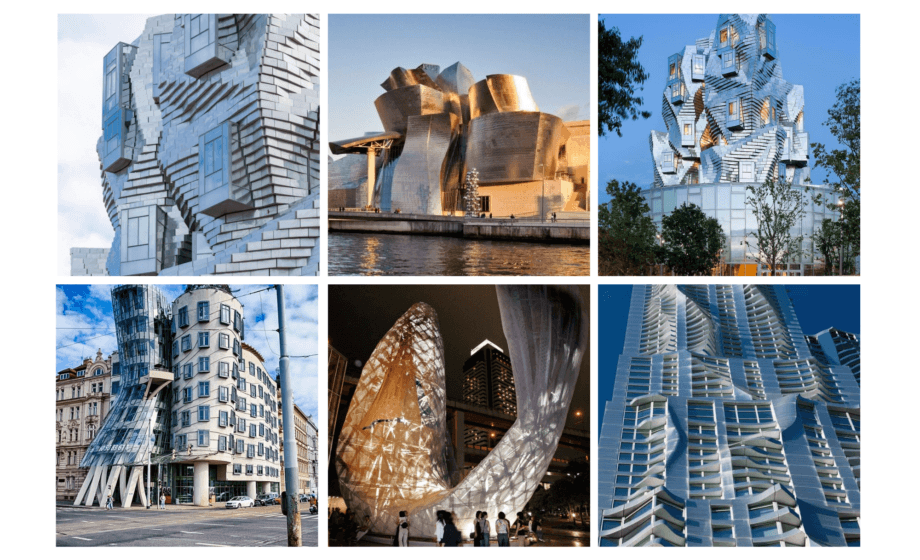Frank Gehry is a name synonymous with groundbreaking architecture that challenges conventional design. His innovative approach transforms spaces into works of art, making him a pivotal figure in modern and contemporary architecture. You may be familiar with some of his iconic structures like the Guggenheim Museum in Bilbao or the Walt Disney Concert Hall, each showcasing his unique vision and style.
As a Canadian-American architect, Gehry’s work is defined by its sculptural forms and often unexpected materials. His designs often evoke a sense of movement and fluidity, redefining our understanding of how buildings can interact with their surroundings. Recognized for his contributions to architecture, Gehry is a recipient of prestigious accolades including the Pritzker Architecture Prize and the Presidential Medal of Freedom.
Exploring Gehry’s influence reveals how his philosophy blurs the lines between art and architecture, inspiring a new generation of architects. Through bold experimentation and a refusal to adhere strictly to traditional forms, he invites you to reimagine architectural possibilities.
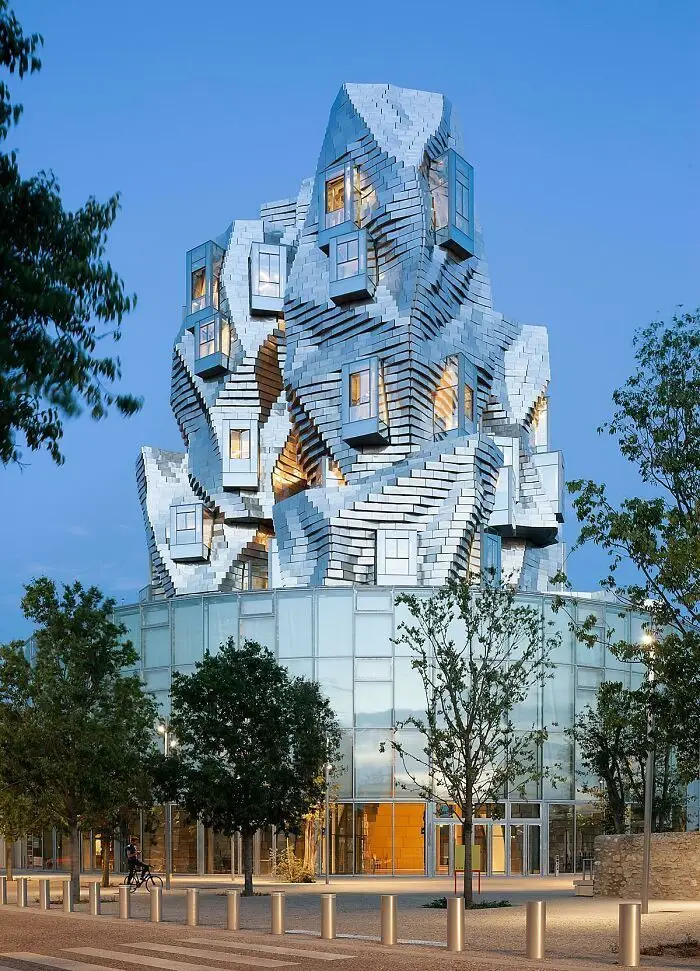
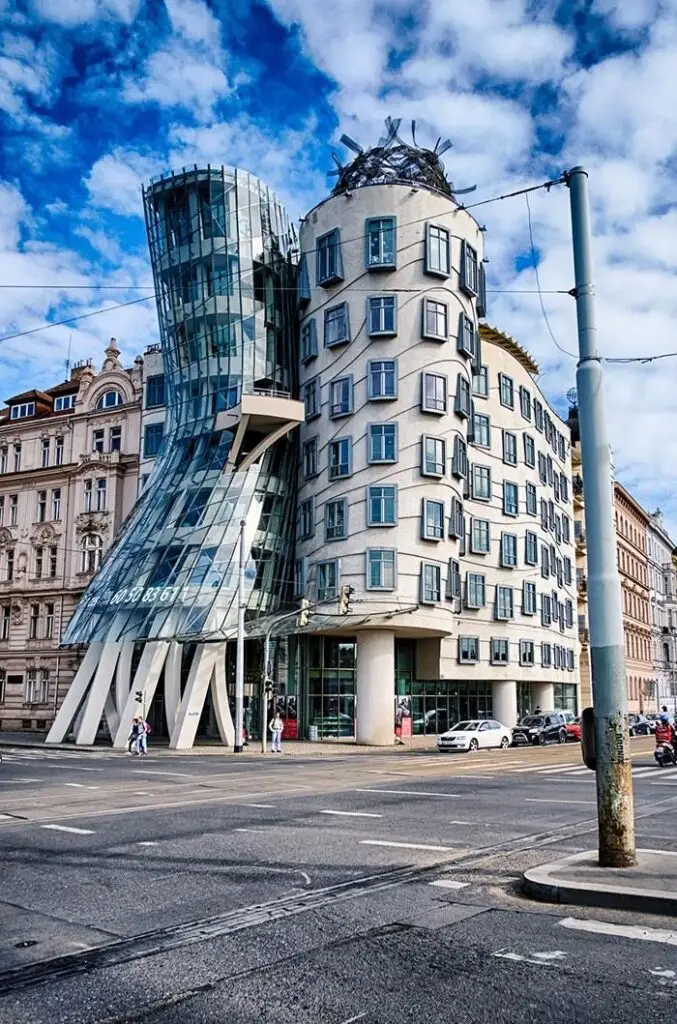
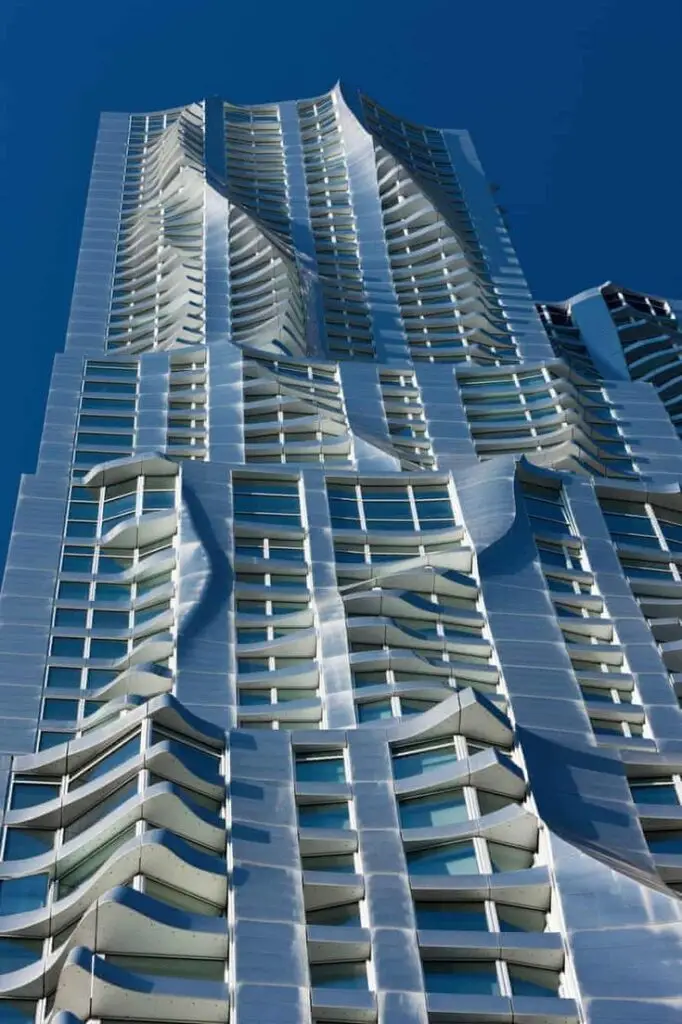
Key Takeaways
- Gehry’s work exemplifies innovative design in modern architecture.
- He has received numerous prestigious awards for his architectural contributions.
- His unique style merges art and functionality, inspiring future architects.
Influential Works and Designs
Frank Gehry’s architectural oeuvre is marked by a series of innovative and influential designs that challenge traditional forms. His work spans a range of building types, contributing to urban landscapes and cultural experiences through distinctive aesthetics and functionality.
Iconic Museums
The Guggenheim Museum Bilbao is one of Gehry’s most celebrated works. Opened in 1997, it exemplifies deconstructivism with its flowing, organic shapes and titanium cladding. The museum significantly contributed to the Bilbao Effect, revitalizing the city’s economy and cultural profile.
The Fondation Louis Vuitton in Paris highlights Gehry’s ability to integrate architecture with nature. Its glass-and-concrete structure resembles a ship’s sails, inviting visitors to experience art in a unique setting. Gehry’s designs prioritize both artistic vision and visitor engagement, making these institutions landmarks in contemporary architecture.
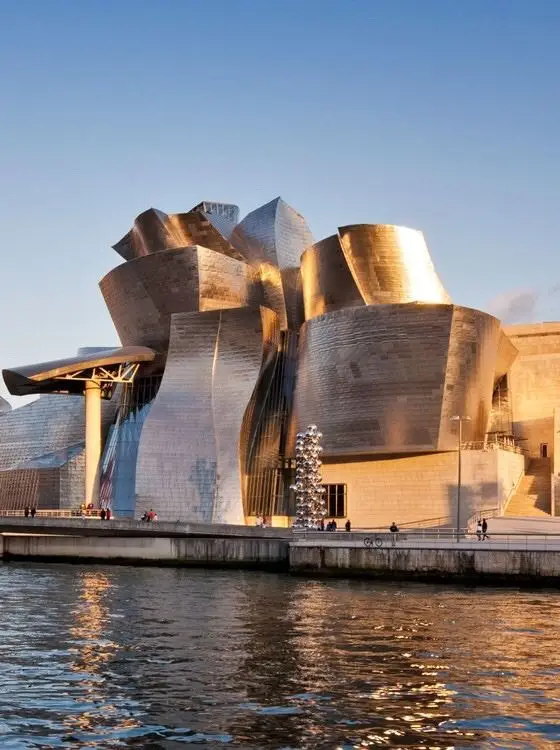
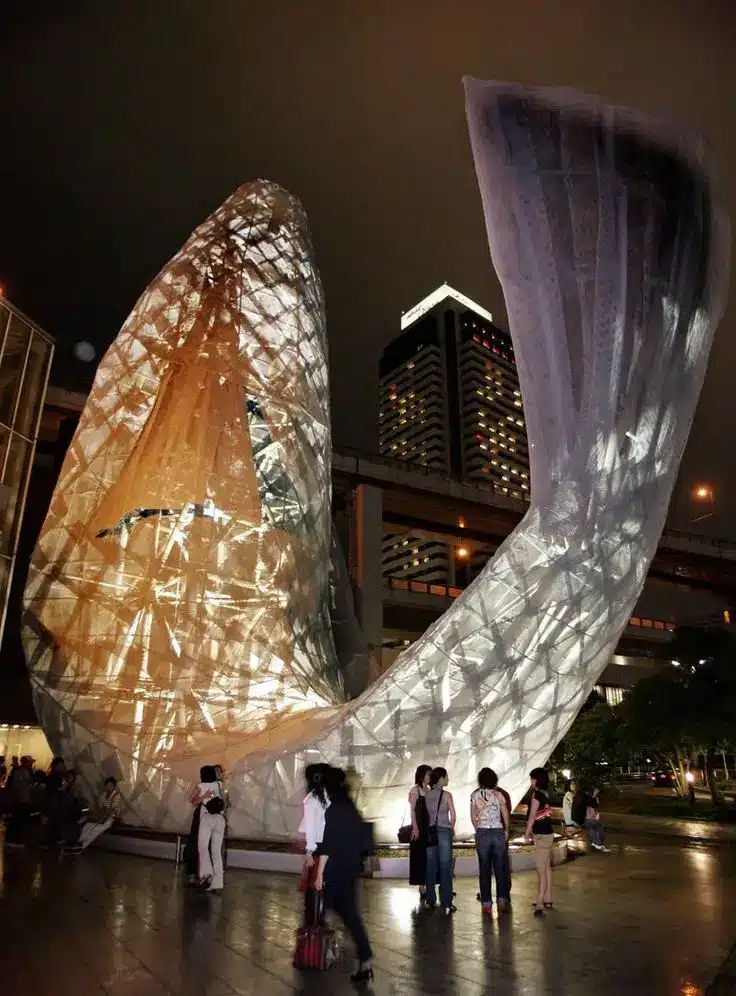

Performing Arts Venues
Gehry designed the Walt Disney Concert Hall in Los Angeles, renowned for its undulating stainless-steel façade. This venue is home to the Los Angeles Philharmonic and features exceptional acoustics. The concert hall has become a symbol of cultural life in Southern California.
Another notable project is the Jay Pritzker Pavilion in Millennium Park, Chicago. The pavilion’s steel structure blends seamlessly with the park’s landscape, providing an outdoor venue for concerts and events. Gehry’s vision redefined the concept of public performance spaces, enhancing the urban environment.
Innovative Residential Projects
The Santa Monica Residence showcases Gehry’s residential design, featuring an eclectic mix of materials and forms. This project reflects his commitment to creating harmonious living spaces that also challenge conventional aesthetics.
In New York, 8 Spruce Street New York by Gehry emerged as a landmark residential tower. Its twisted, shimmering facade contributes to the city’s skyline. These projects demonstrate Gehry’s ability to infuse everyday spaces with artistic expression while prioritizing functionality and comfort.
Cultural and Educational Structures
The Richard B. Fisher Center for the Performing Arts at Bard College is another key project. It integrates theater with education, creating a holistic cultural experience. The building’s innovative design promotes artistic collaboration and community engagement.
The Dwight D. Eisenhower Memorial in Washington, D.C., serves as both a memorial and educational structure. Its design incorporates natural elements and interactive features, inviting visitors to reflect on history and leadership. Gehry’s work here emphasizes the intersection of architecture, education, and memorialization in public spaces.
These influential designs illustrate Gehry’s impact on architecture and urban planning, shaping cultural identities and experiences through innovative forms and spaces.

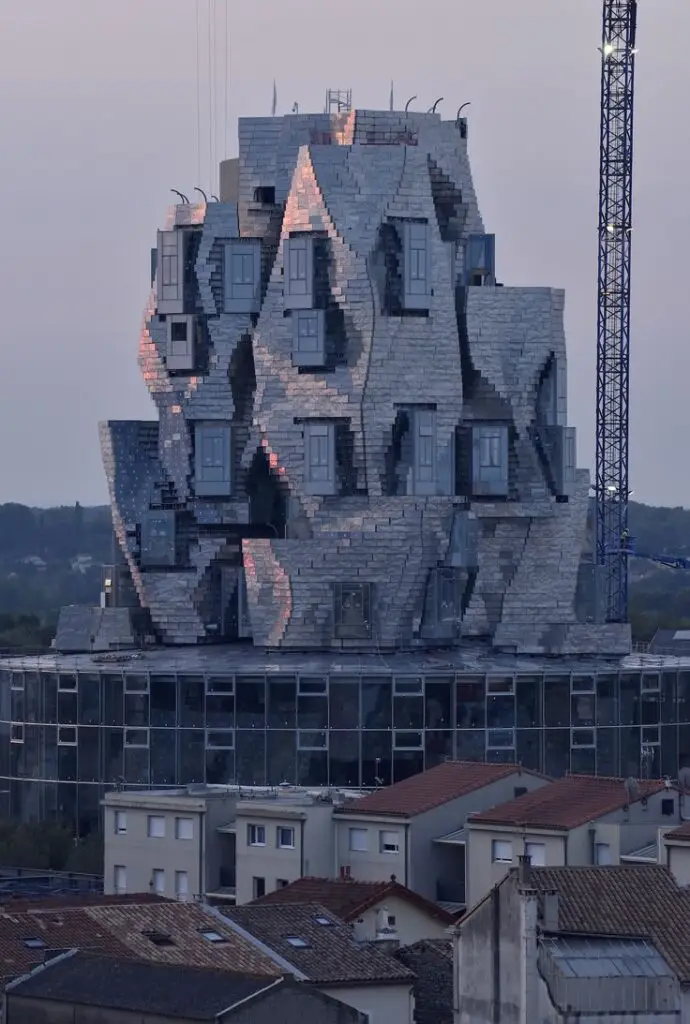
Architectural Style and Philosophies
Frank Gehry’s architectural style is distinctive, often characterized by a blend of movement, complexity, and unexpected forms. Key elements of his philosophy include deconstructivism and the integration of art within architecture.
Deconstructivism and Beyond
Gehry is a pivotal figure in deconstructivism, a movement that disrupts traditional architectural conventions. His buildings often appear to be in a state of flux, with asymmetrical shapes and fragmented forms.
The Dancing House in Prague exemplifies this approach, featuring curved glass walls that evoke movement. Gehry uses titanium panels in many projects, such as the Gehry Tower and the Philadelphia Museum of Art, adding a dynamic quality.
These design choices reflect a broader postmodern rejection of rigid structures, promoting a dialogue between space and the viewer. Gehry’s work embraces the chaos of urban environments, encouraging a rethink of traditional urban planning.
Integration of Art and Architecture
You will find that Gehry’s philosophy emphasizes the seamless blending of art and architecture. His designs often integrate artistic concepts, pushing the boundaries of conventional design.
Contemporary art heavily influences his approach, making spaces not just functional but also visually striking. For instance, the Guggenheim Museum in Bilbao invites visitors to experience art through its groundbreaking architectural form.
This fusion often sparks dialogue within the community, enhancing cultural engagement and appreciation. Gehry’s work transforms buildings into landmarks, creating environments where art and life converge, enriching the urban landscape in Southern California and beyond.
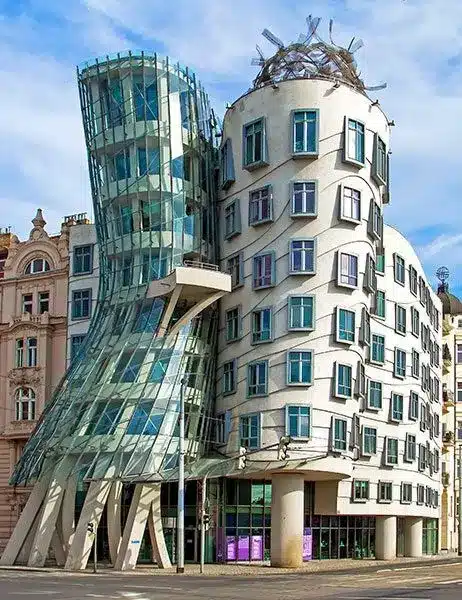
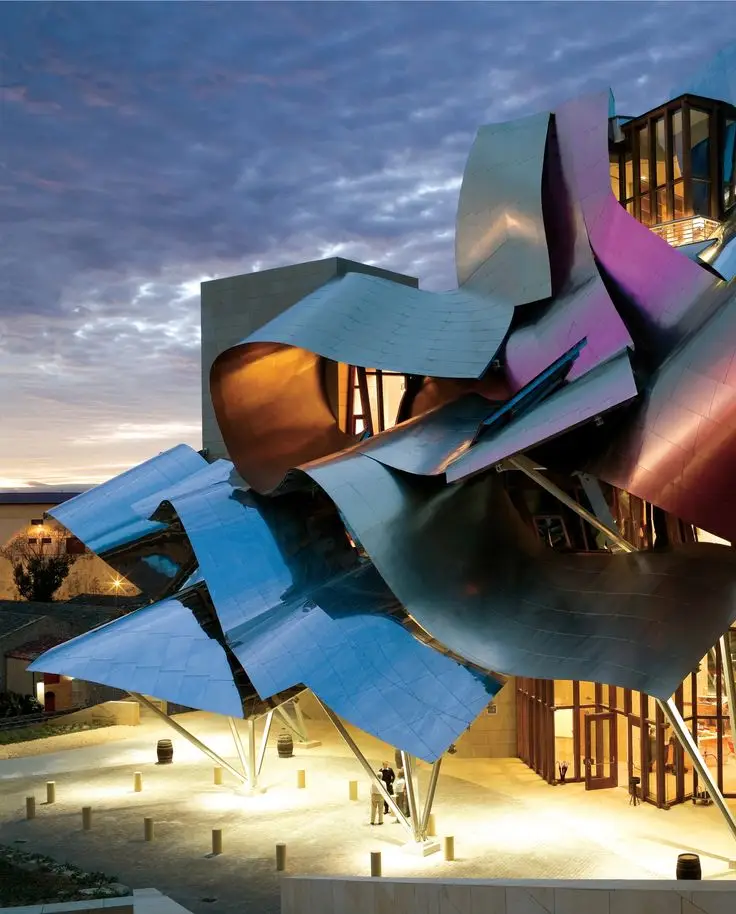
Awards and Honors
Frank Gehry has received numerous accolades throughout his career, recognizing his innovative contributions to architecture.
In 1989, you may note that he was awarded the Pritzker Architecture Prize, often considered the Nobel Prize of architecture. This prestigious award acknowledges architects for their significant contributions to humanity and the built environment.
Another notable honor is the Presidential Medal of Freedom, which he received in 2016. This award is one of the highest civilian honors in the United States, reflecting his impact on culture and society.
Gehry also received the Praemium Imperiale Prize for Architecture in 1998. This international award honors artists and has a strong reputation in the artistic community.
In 1993, he was honored with the National Medal of the Arts, recognizing his important artistic contributions. This award further cements his legacy in modern architecture.
Lastly, the American Institute of Architects Gold Medal was awarded to him in 2016, celebrating his distinguished achievements and undeniable influence on the profession.
These honors highlight Gehry’s position as a leading figure in contemporary architecture, showcasing your appreciation for creativity and innovation in design.


